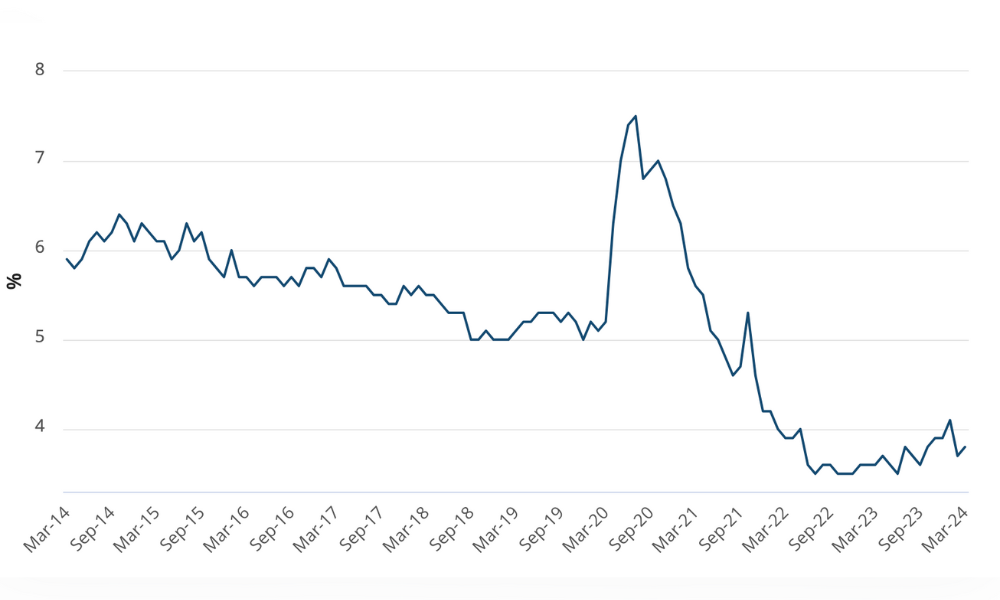In a world of evolving recruitment and business culture, how can HR managers keep up with the changes and ensure they stay on top of rostering?
Shifts in the economy, technology and your organisation itself can often result in work rosters failing to reflect your current business requirements. ‘Workload drift’ is also impacted by changes in culture and recruitment trends, as well as industrial relations and workplace law.
However, while it may seem easier to bury your head in the sand and avoid making changes, this can have dire outcomes.
In addition to leaving yourself vulnerable to extra costs, not paying close attention to your roster and making necessary changes can impact all aspects of the business.
“Because rosters impact so many parts of a business; output, costs, lost time, employee morale, absenteeism, overtime, health, safety and fatigue, it is strategic to keep them aligned with your evolving needs,” said Jim Huemmer, director at Shiftwork Solutions.
“The best solution for your operations is to balance the needs of the business, individuals and health and safety for each site or work area,” Huemmer said.
“Through roster optimisation, you can holistically look at the problems and potential solutions and avoid a patch work approach that requires rebalancing after a short period of time,” he continued.
Although it is recommended that roster and work practice reviews are carried out regularly, Shiftwork Solutions highlighted the early stages of enterprise agreements as an opportunistic time to enter review, as it brings to light where flexibility needs to be improved, language that is no longer relevant, as well as any pay calculation inaccuracies that may have slipped through.
Key HR takeaways
Although headcount reduction may be the traditional means to tackle roster and workload problems, there are a number of other solutions. Shiftwork Soltuions offered five steps to ensure tactful decision making during negotiations:
- Do your homework – review the performance of your existing rosters compared to business, employee and health/safety requirements at your site(s).
- Identify opportunities for improvement – check workload drift, utilisation of labour and capital resources, pay calculations, etc.
- Develop optimal roster options – design solutions that capture new opportunities and provide improvements to current practices.
- Compare costs and benefits – list and evaluate all key features, pros, cons and differences between options.
- Develop implementation strategy – explore consultative and negotiated approaches to implementation and information needs required to answer all questions from employees and other stakeholders.








